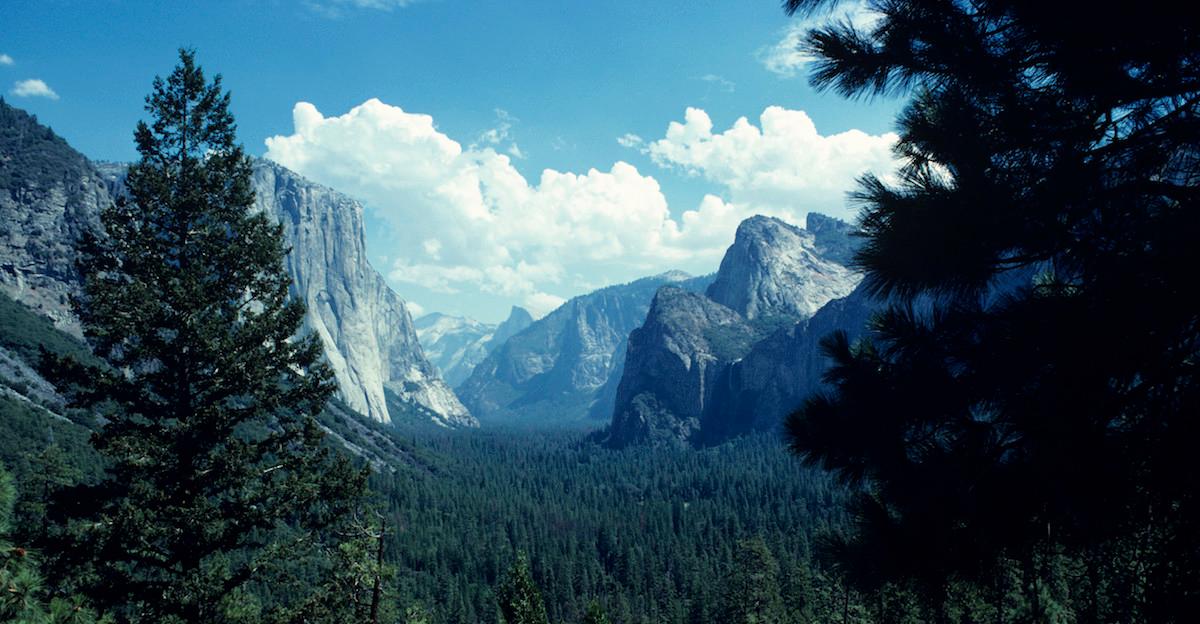Western U.S. States Expecting More Aftershocks After 6.0 Magnitude Earthquake Hit California
Published July 9 2021, 10:51 a.m. ET

California is prone to extreme weather conditions of all kinds — but that didn't make the July 2021 earthquake any less terrifying. The 6.0 magnitude storm hit the California-Nevada border just south of Lake Tahoe just before 4 p.m. on Thursday, July 8, and it was followed by dozens of aftershocks, with more to come. Major damage has not yet been reported, though Golden State residents are incredibly fearful of what's to come.
“I felt the earthquake fairly strongly,” research geologist Austin Elliott told Fresno Bee. “I’m in downtown San Francisco on a relative high floor. That certainly amplified the experience compared to neighbors and friends who did not feel the earthquake.”

Here's what you should know about the July 2021 earthquake:
Residents near Lake Tahoe in both California and Nevada were quite literally shaken to the core by the July 2021 earthquake, according to KTLA. Since the earthquake was so large and widespread, those as south as Fresno, Calif., and even those in cities as far east as Las Vegas could feel it. The epicenter of the earthquake, however, is recorded to have been in the heart of Antelope Valley — in fact, this was the strongest earthquake recorded in the area since the 6.1 quake of 1994.
Not many injuries — and very little damage — have been reported as of publication, but that's because it largely affected remote areas of California, according to CBS Sacramento. Cars along U.S. 395 were inundated by rock slides and falling boulders, which resulted in no injuries, and buildings in the Lake Tahoe area were rattled tremendously. The earthquakes are expected to result in more aftershocks, which USGS defines as smaller earthquakes that occur after a larger one.
At least 40 aftershocks have hit the state so far — so with more predicted to come, residents should remain cautious.
Here's why many California residents were unprepared for this 6.0 magnitude quake:
Usually, the U.S. Geological Survey is able to predict the strength and vague location of upcoming earthquakes, but their predictions were pretty far off this go-around, making it tough for residents statewide. According to The New York Post, initial reports prior to the quake predicted it would come in the form of two earthquakes 100 miles apart, within 25 seconds of each other. But the earthquake in Farmington, which is about three hours outside of Lake Tahoe, was not initially mentioned.
This is because Farmington is much more remote than other parts of the state, and experts in the area weren't as well equipped with instruments to measure and predict earthquakes as more populated areas. But, the seismic waves continued spreading statewide, and it was repeatedly getting interpreted as separate earthquakes.
“The system underestimated the original magnitude of that event and estimated a location that was slightly off from the true location,” Elliot told The New York Post.
Hopefully the aftershocks from this major quake will subside relatively soon, but California residents should continue to pay attention to any alerts for future quakes. Although it can be difficult to prepare for an earthquake, there are many ways to stay prepared — so we strongly advise doing so, and looking out for friends and family.